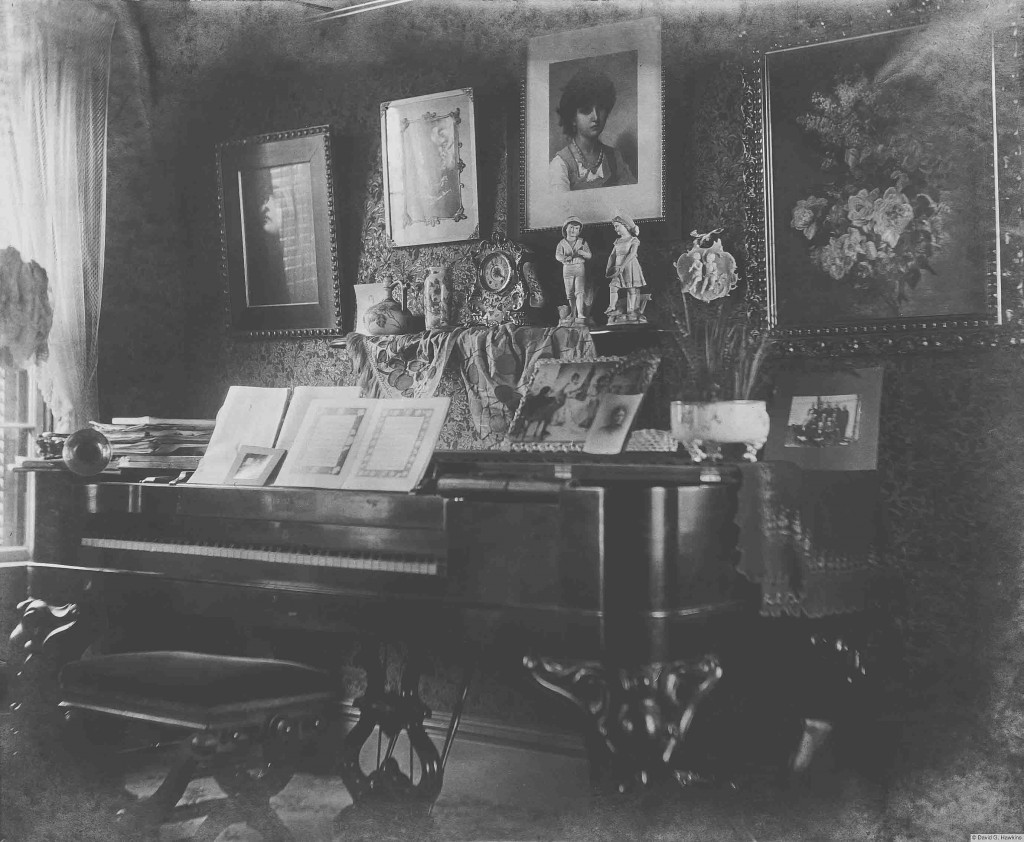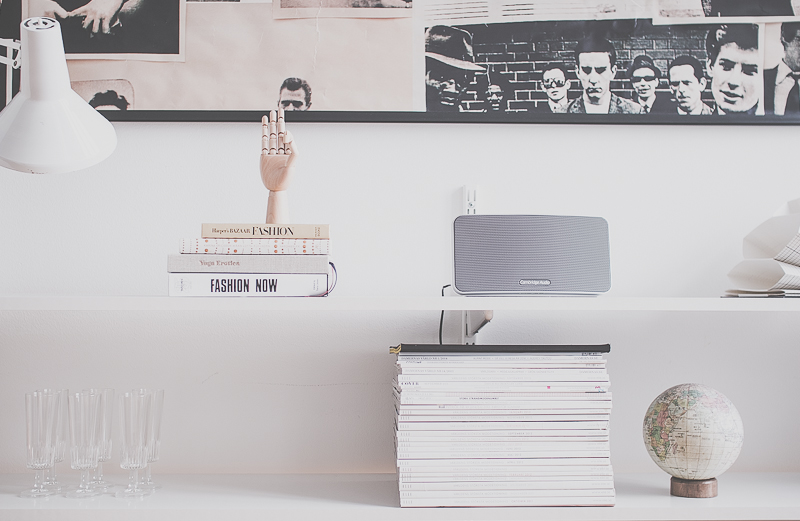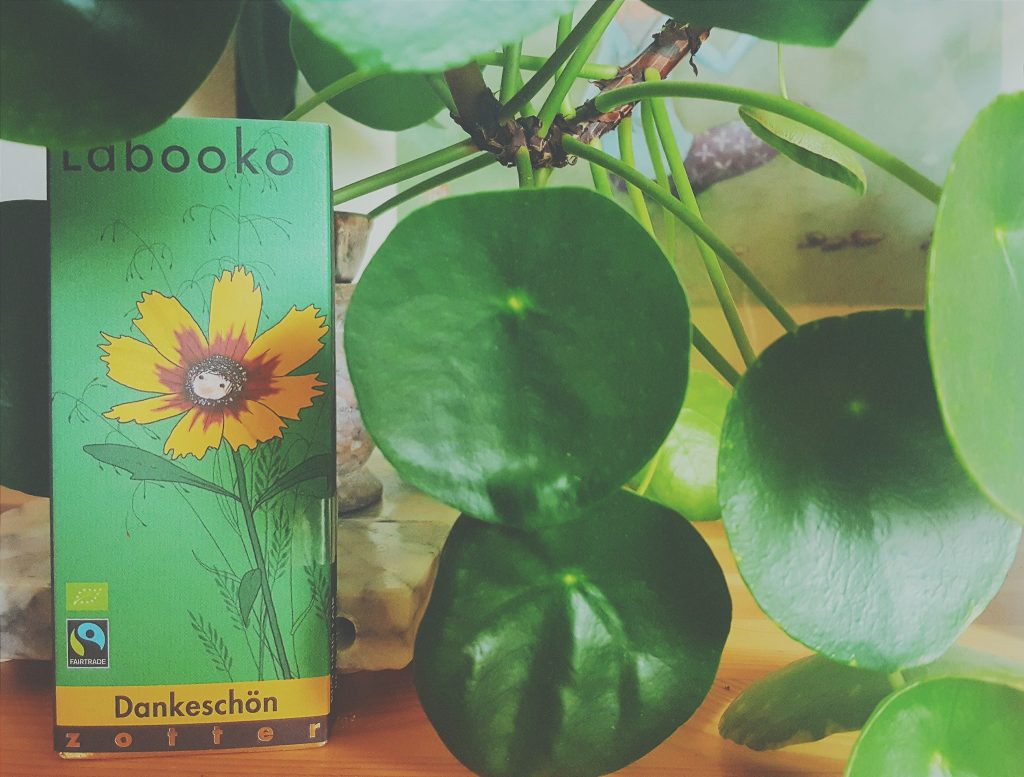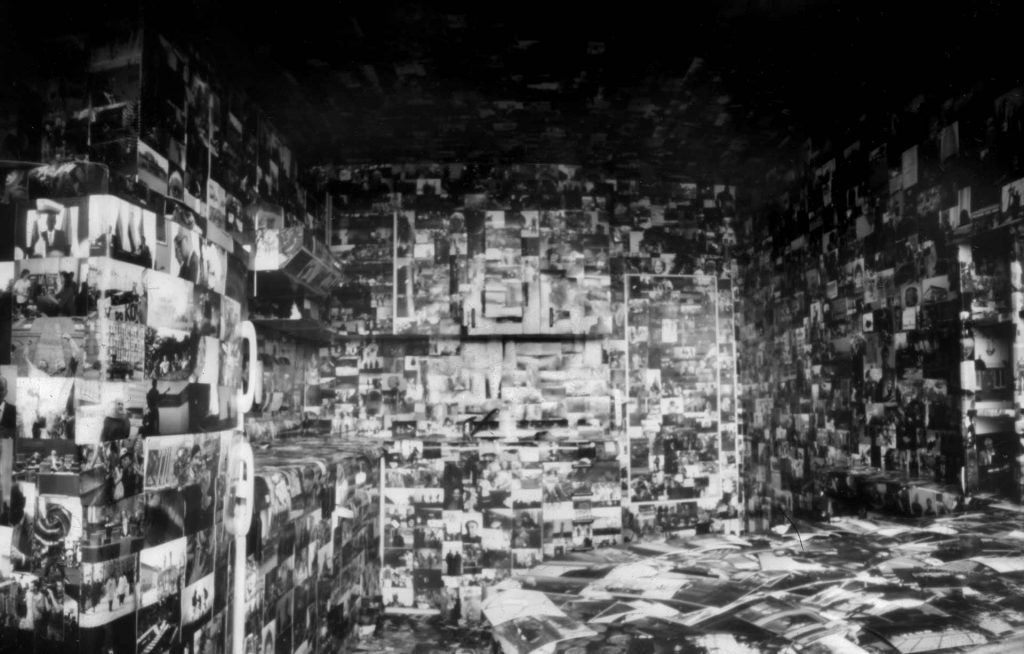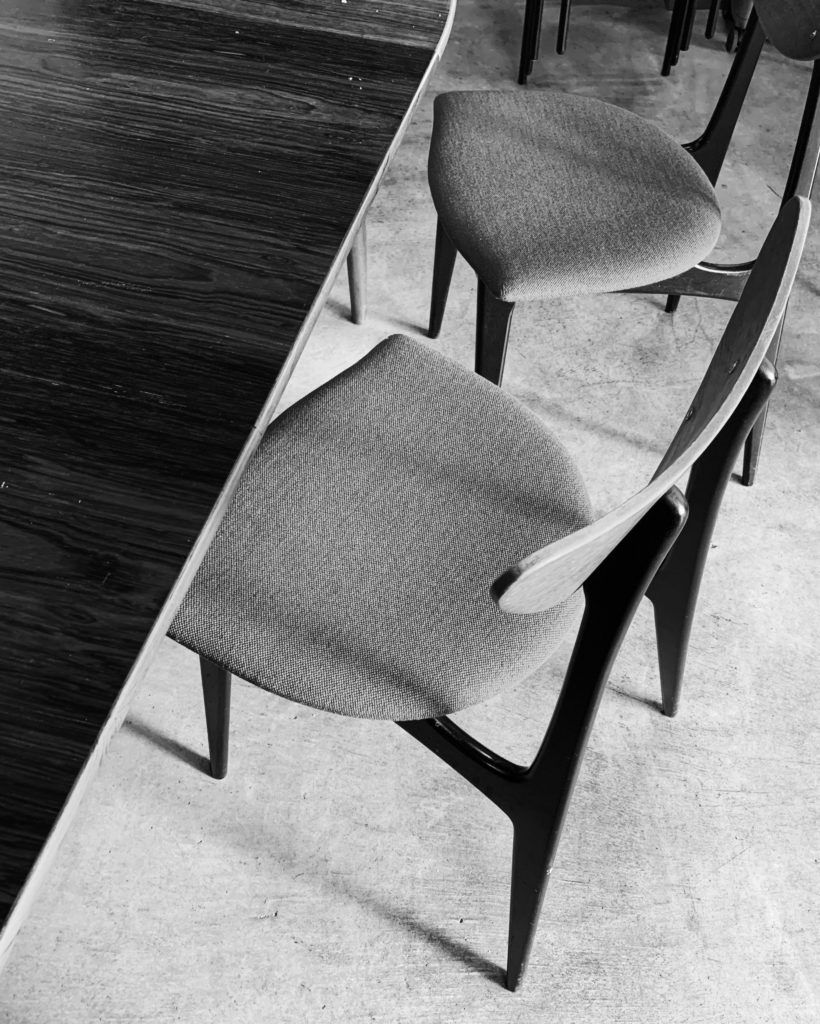We have all seen it. We walk into somebody’s home, or perhaps notice it when we open a design magazine: there are bikes on the walls and bookshelves made from skateboards, meanwhile on-trend do-it-yourself tutorials flood the web.
However, it’s not only the art and the interior decorations that have suffered a noticeable change in expression. The entire home has undergone a big transformation during the second half of the 20th century, determining not only the way we live in it, but also the appearance of it.
Not aiming to reach universal explanations, urbanisation and the rise of functionalism are just a few of many factors that have determined this change. For instance, in the 18th and 19th centuries it was custom in the lower and middle classes to have a parlour, no matter how small the home. That being an almost unused reception room, normally the biggest one in the house, where the most expensive and beautiful furniture, art and decorations were displayed. This room was only unlocked for important holidays and special occasions when guests came to visit. Then, when we started to gather around the radio and, most importantly, in front of the television, this room transformed into a living room, as we know it today.
But how did this come to influence the role of the works of art that we choose to display? Let’s ask the Rome-based architect Ruggero Donati to share his thoughts on the changes that he has personally noticed.
– What has mainly changed in the last decades is that we’re losing our interest of the past and for family objects. The house used to be a sort of family museum displaying furniture, paintings and objets d’art of past generations, often testimonials of trips and exotic experiences. In the sixties, for example, it was very popular to have a Venetian gondola on your cupboard, photos or even postcards from various European cities. If you belonged to a wealthy or important family you would certainly have photos of them too. This tradition has partly lived on, even if today there’s a stronger interest in contemporary objects, especially among the younger generations. They don’t feel this heritage as much, there’s rather a desire to emancipate from the traditional family and its customs.
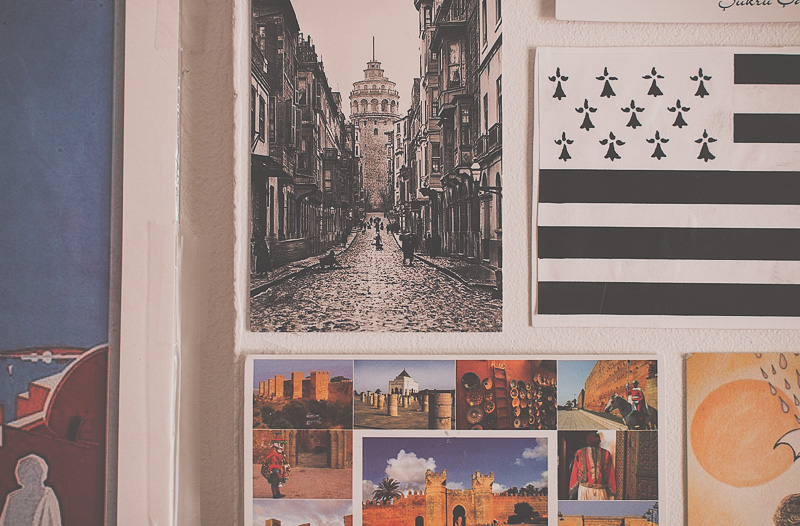 Discussing the social change that has taken place and how that has affected our homes, comparing past generations to the present ones, he continues:
Discussing the social change that has taken place and how that has affected our homes, comparing past generations to the present ones, he continues:
– Up until the 90s life was more standardised. At 20 you started university or went off to work. Before 30 you were married and graduated. Before you were 40 you got your own home, maybe through an expensive mortgage, and you started to save up money. Nowadays, instead of buying you rent a house, and in this way you can afford expansive restorations or interior decorations.
Adding to this, our society today is a fast moving one, subject to fast change and economic instability. However, most of all it is led by consumerism. We’re constantly being bombarded with things to buy and new trends and styles from all the corners of the world, leading us to crave the new and to let go of the old things we have. There are of course the designer classics and valuable art that we wish to keep, if we are lucky enough to own them, but these are part of the same system where certain items represent a certain value and convey a certain message. We want to put our success on display; just as it was with the extra room we wanted to show the world what we could afford, we want our artworks and design furniture to speak on our behalf. Our homes are the reflection of ourselves.
– Up to my generation, I’m talking about people who were forty 15 years ago, you could still express your wealth by the artists whose works were hanging on your walls. Today not many people have that possibility so everyone is looking for unusual objects and decorative items, even industrial, Ruggero continues.
We’re hence moving from fine arts to decorative arts. But is the line between the two really that clear? The discussion on what is art and what isn’t can go on forever. Very often, however, it’s very much a subjective interpretation.
– To be an artist you need to have something to tell and to know how to tell it. A masterpiece has to be innovative and carry the soul of the author. The aesthetical moment comes later, says Ruggero.
Being a passionate lover of art and culture in general, Ruggero has some interesting art in his own home. One of his most beloved pieces is a panel hanging in the kitchen that has a resemblance to a contemporary abstract painting.
– Ah, I love it! It’s so dynamic! I was driving when a friend of mine called and asked me to join him at Teatro dell’Opera, the opera house in Rome. The workers were throwing away a wooden table on which they had been working for some time, painting the decorations for several operas. It may not be a masterpiece in the traditional sense, but it’s colourful and graceful even if it’s absolutely done without any message.
So, have non-artistic items replaced art or have they become art? No different from past generations, we’re all trying to add life and personality to our homes, may it be through photographs, art, strange objects or items that represent our personal hobbies. And if art really is what Ruggero suggests, an idea expressed by someone that knows how to communicate it, maybe we’re all just the artists of our own homes, telling the story of our lives, curating our own personal exhibition.
